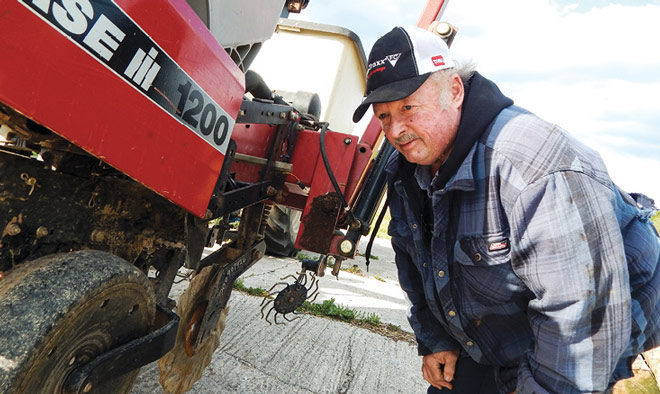No-Till Farmer
Get full access NOW to the most comprehensive, powerful and easy-to-use online resource for no-tillage practices. Just one good idea will pay for your subscription hundreds of times over.

IN TIM WEISER’S part of Pennsylvania, farming efficiently is a perpetual battle with the existing condition and topography of the land.
If the highly erodible, gravelly soils in York Springs, 50 miles west of Lancaster, don’t make farming hard enough, the rolling, practically mountainous 20% sloping terrain surely does.
“We’ve got a lot of tough, conglomerate-type soils and red shale. I remember watching my dad shoot sparks all across the field when he was plowing out an old orchard,” says Weiser. “He had to change the points on the plow by noon the same day. It’s good corn ground, but it eats steel.”
Weiser, who downsized the family farm from around 1,000 to 300 acres recently, has been no-tilling a corn/soybean rotation for 30 years. He also maintains 20 acres of vegetables and 100 orchard acres. He jokes that the switch to no-till was originally the work of an aggressive ag extension agent, but the economics and necessity of the strategy soon became indispensable to his family’s operation.
“We…